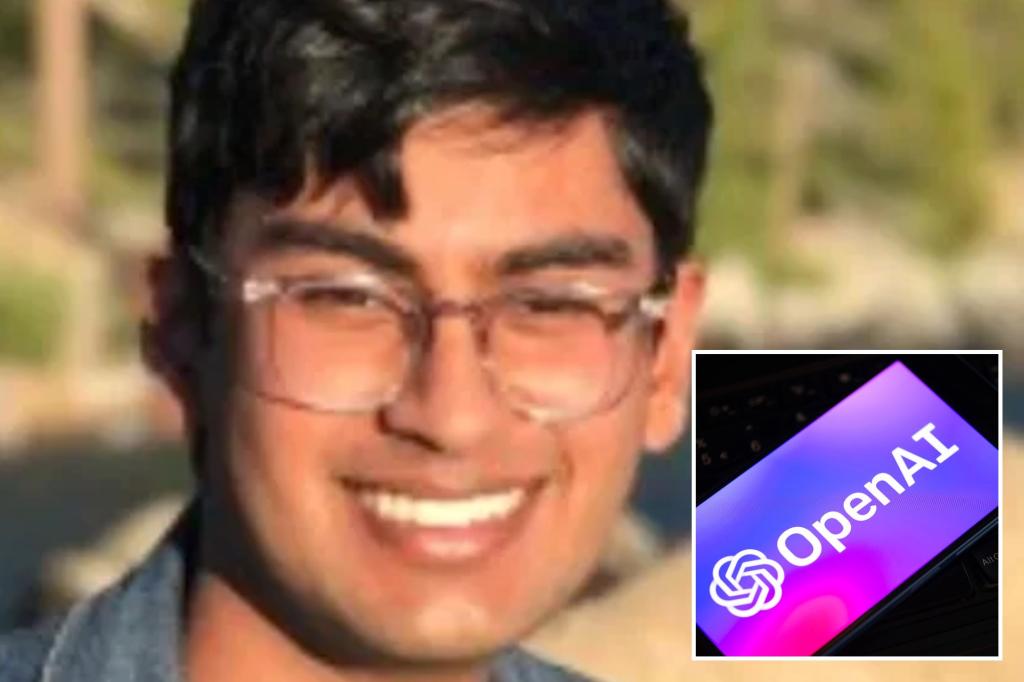The untimely death of Suchir Balaji, a 26-year-old former OpenAI researcher, has cast a somber shadow over the burgeoning field of artificial intelligence. Found deceased in his San Francisco apartment on November 26th, 2023, Balaji’s passing has been ruled a suicide by the medical examiner’s office, with no evidence of foul play detected. His death comes amidst his vocal criticisms of OpenAI, the company he formerly worked for, and its flagship generative AI application, ChatGPT, which he accused of copyright infringement. Balaji’s story raises complex questions about the ethical implications of AI development, the pressures faced by researchers in the field, and the potential legal battles brewing over the ownership and usage of copyrighted material in the age of generative AI.
Balaji, a California native, joined OpenAI in 2022 as a researcher, brimming with the promise of contributing to cutting-edge AI development. However, his enthusiasm soon gave way to unease as he observed the inner workings of image and text generation programs, particularly ChatGPT. He became increasingly concerned about the program’s potential to violate copyright law through its use of copyrighted materials in training its models and generating content. This concern transformed into outspoken criticism, culminating in a profile in the New York Times in October 2023, where he detailed his belief that ChatGPT regularly infringed on fair use principles.
The New York Times itself was embroiled in a legal battle against OpenAI and Microsoft, alleging that the companies were unlawfully using their reporters’ and editors’ work to train ChatGPT, a practice they argued disregarded journalistic ethics and legal boundaries. Just days before Balaji’s death, the Times filed a letter in federal court identifying him as a key individual possessing “unique and relevant documents” pertinent to their lawsuit. This underscored the significant role Balaji could have played in the ongoing legal challenge against OpenAI and the broader debate surrounding the ethical implications of generative AI. His death represents a profound loss of a potential key witness in a critical legal battle and a voice raising concerns about the future of AI.
OpenAI, in a statement following Balaji’s death, expressed their devastation and offered condolences to his loved ones. While the company’s statement acknowledges the tragedy, it does not address the specific allegations made by Balaji regarding copyright infringement. The juxtaposition of Balaji’s accusations and his subsequent suicide inevitably raises questions about the potential pressures he faced, although there is no direct evidence linking his death to his professional work.
Balaji’s story underscores the broader ethical and legal dilemmas surrounding the development and deployment of generative AI technologies. These systems, trained on massive datasets of text and images scraped from the internet, often incorporate copyrighted material without explicit permission. The question of whether this constitutes fair use remains a complex and contentious issue, with legal battles like the one involving the New York Times serving as a crucial testing ground. The potential ramifications of these cases are significant, potentially reshaping the landscape of copyright law and influencing the future trajectory of AI development.
Furthermore, Balaji’s tragic death serves as a stark reminder of the human cost associated with technological advancement. While the specific circumstances surrounding his suicide are unknown, it prompts reflection on the potential pressures faced by researchers working in the rapidly evolving field of AI. The ethical dilemmas, the potential legal ramifications, and the sheer pace of innovation can create a challenging environment for individuals navigating this complex landscape. Balaji’s story underscores the importance of fostering supportive and ethical work environments within the tech industry and providing resources for those grappling with the challenges inherent in developing transformative technologies. His death raises critical questions not only about the future of AI but also about the well-being of the individuals shaping that future.










